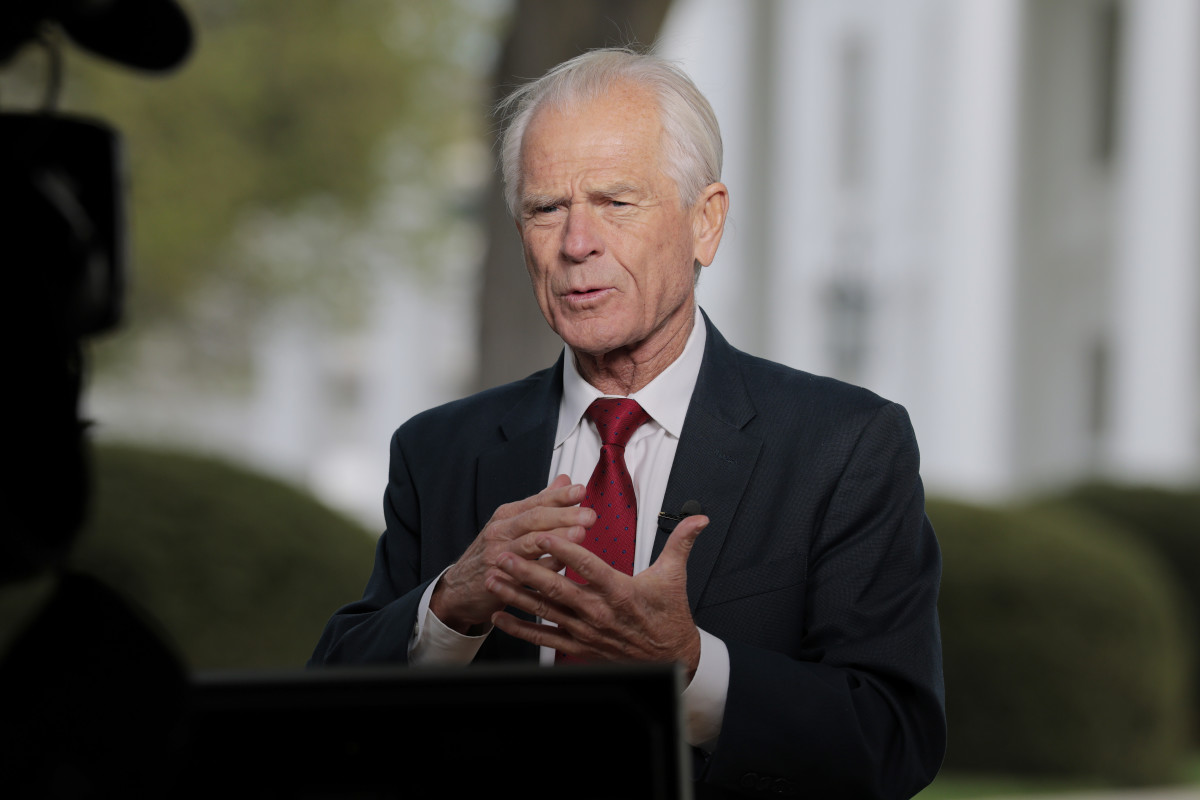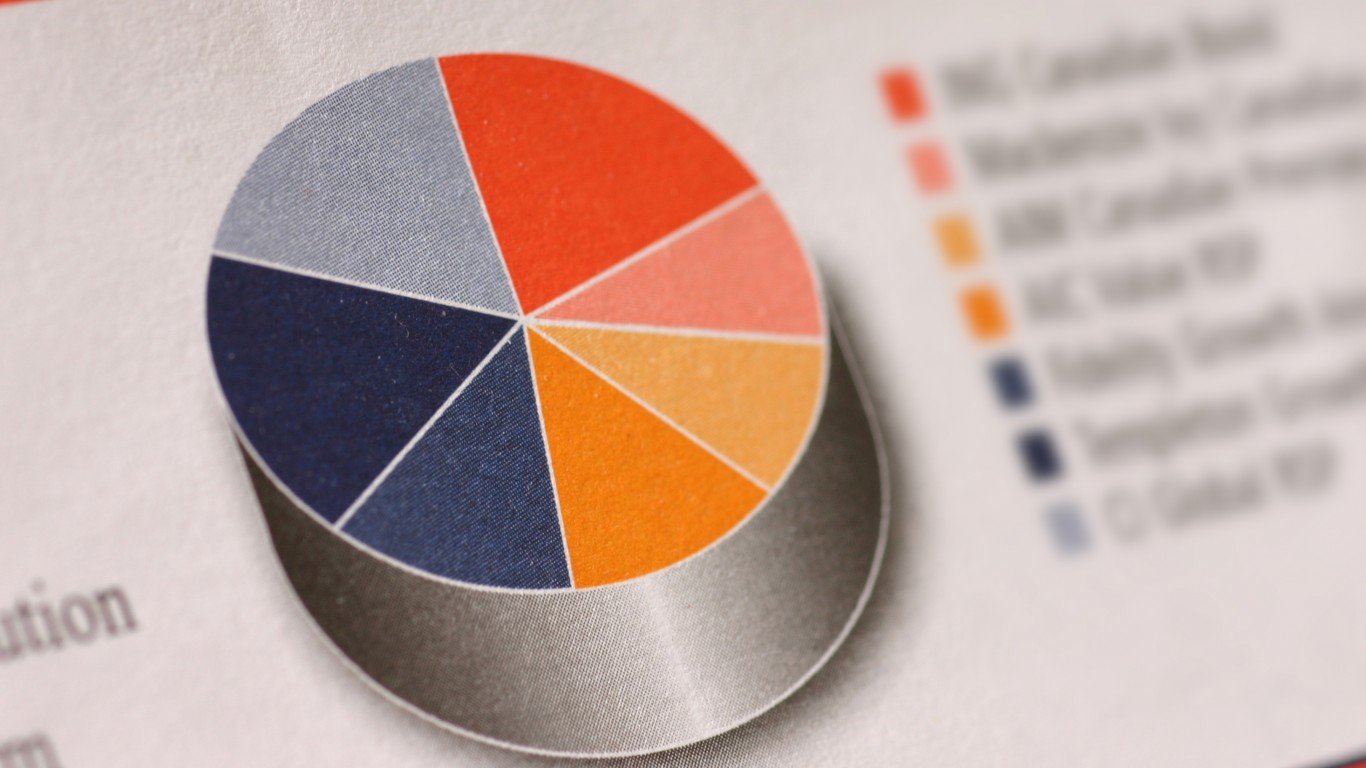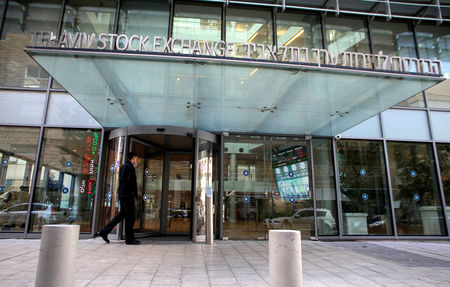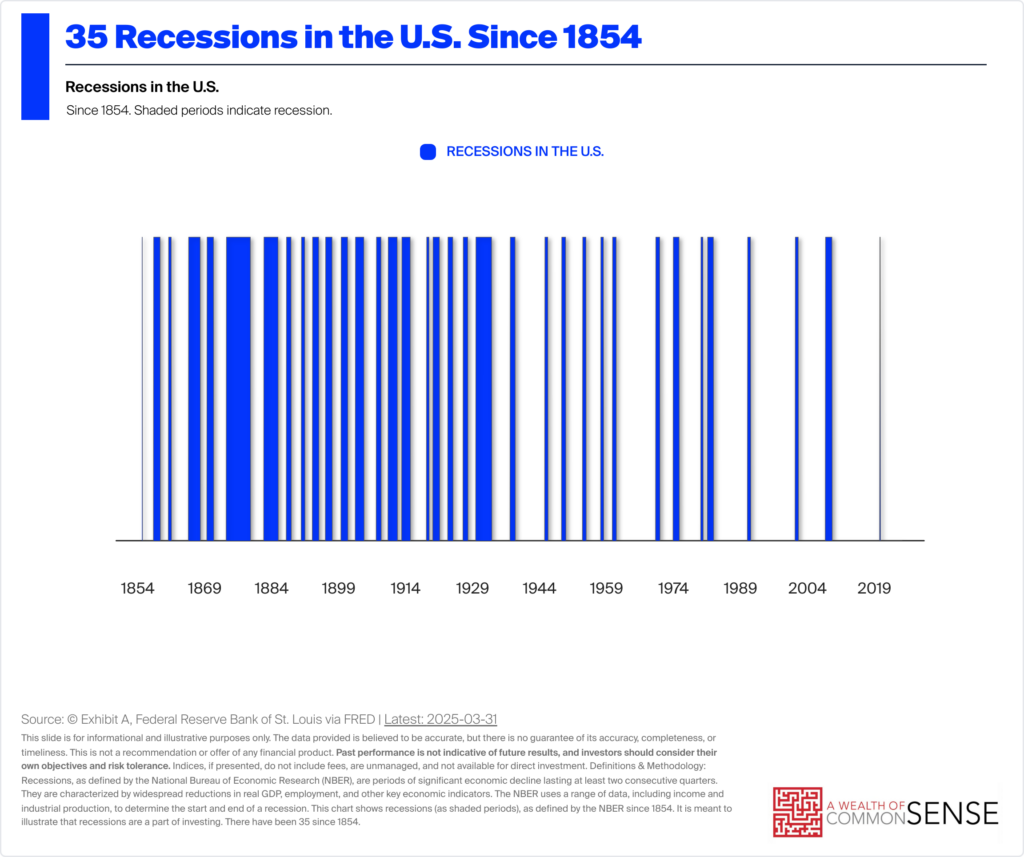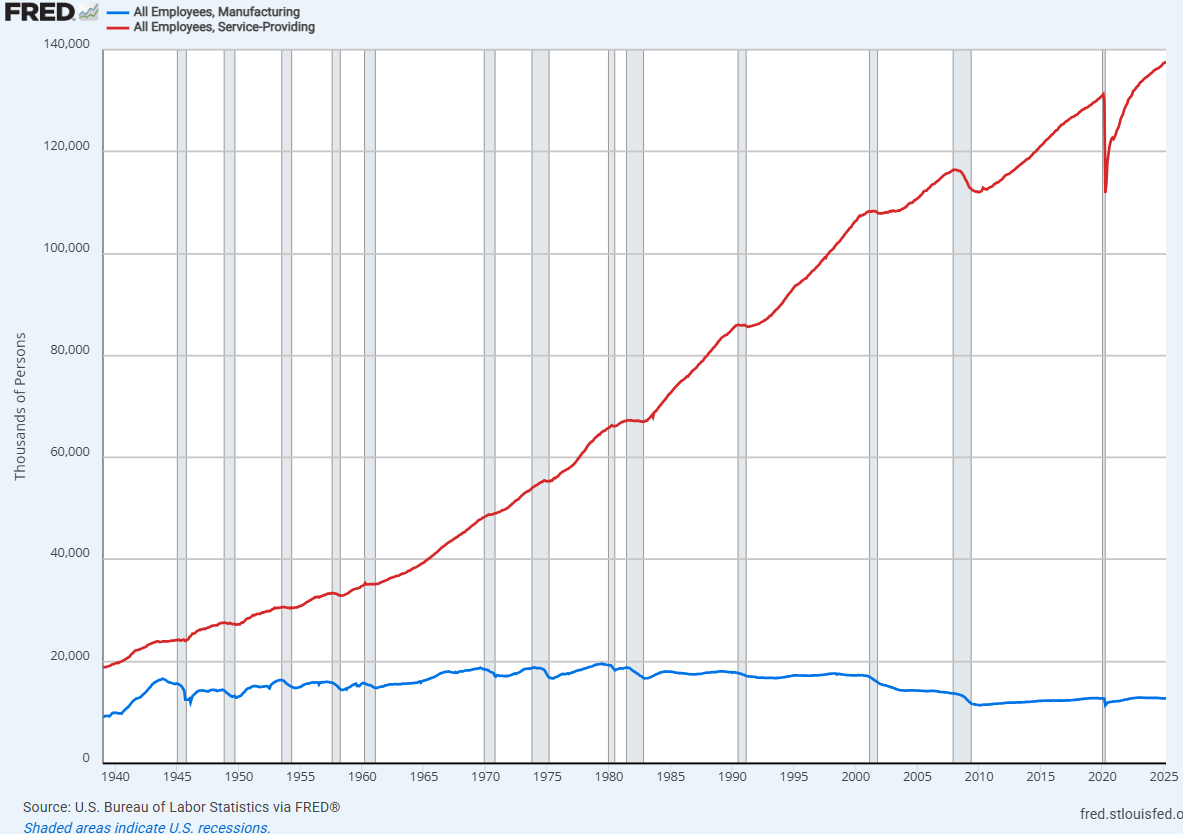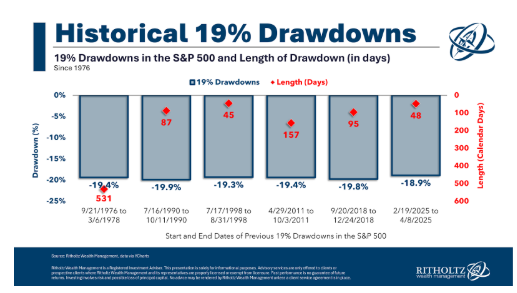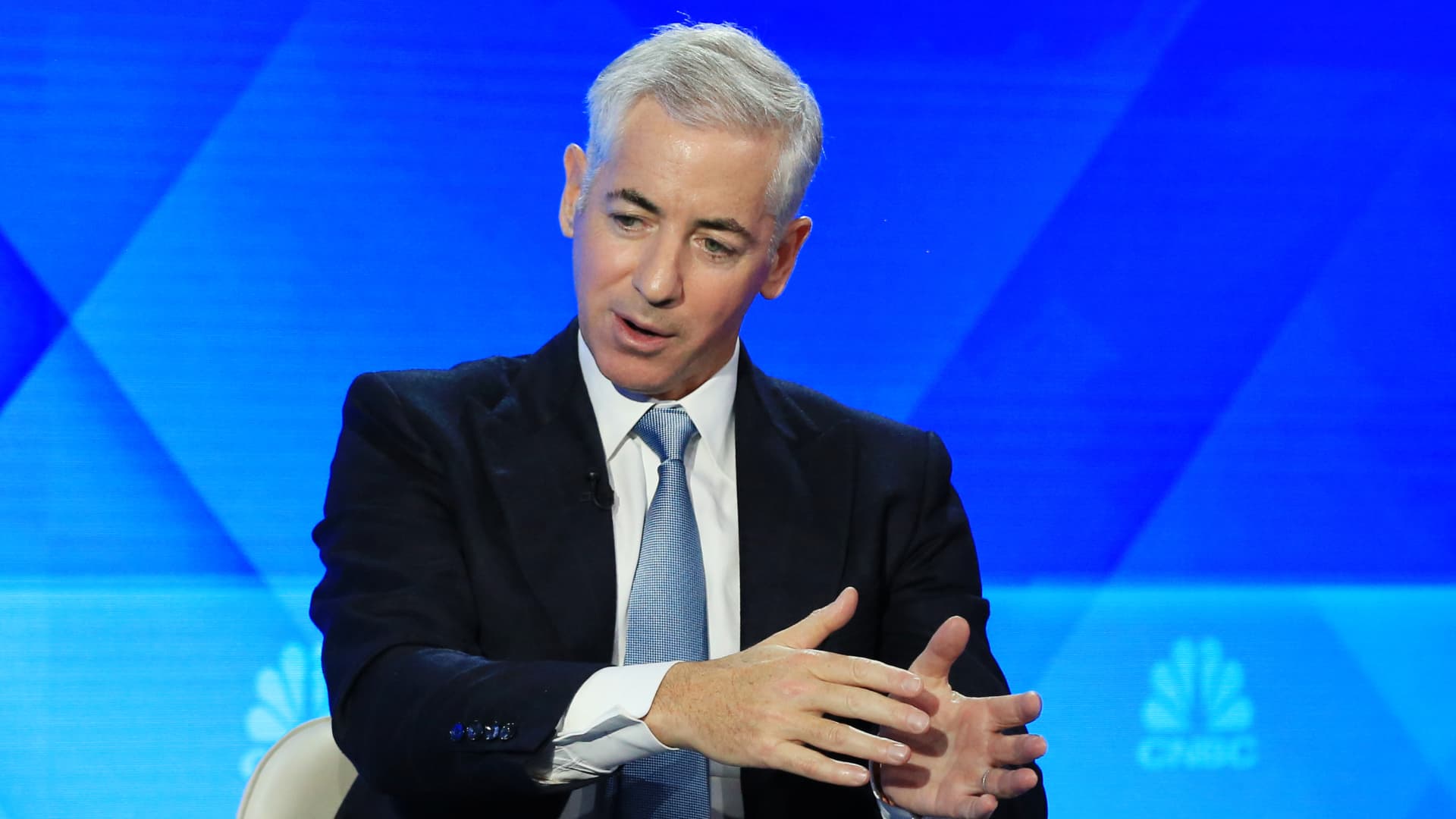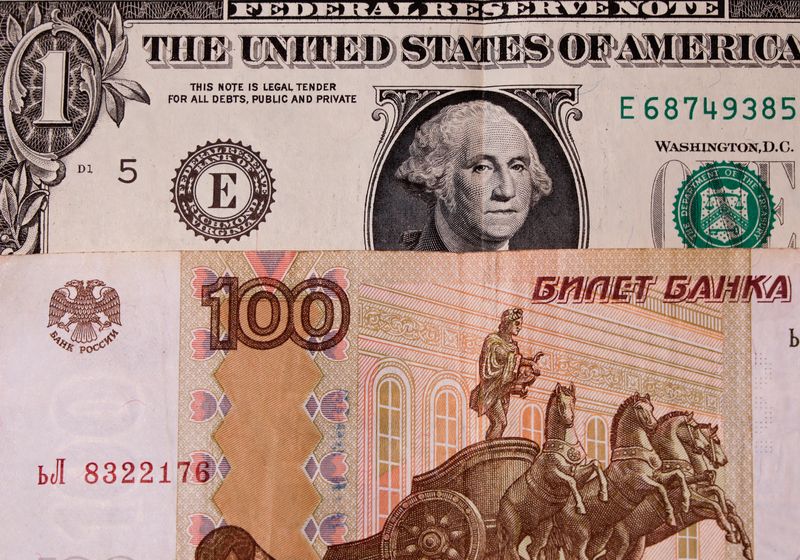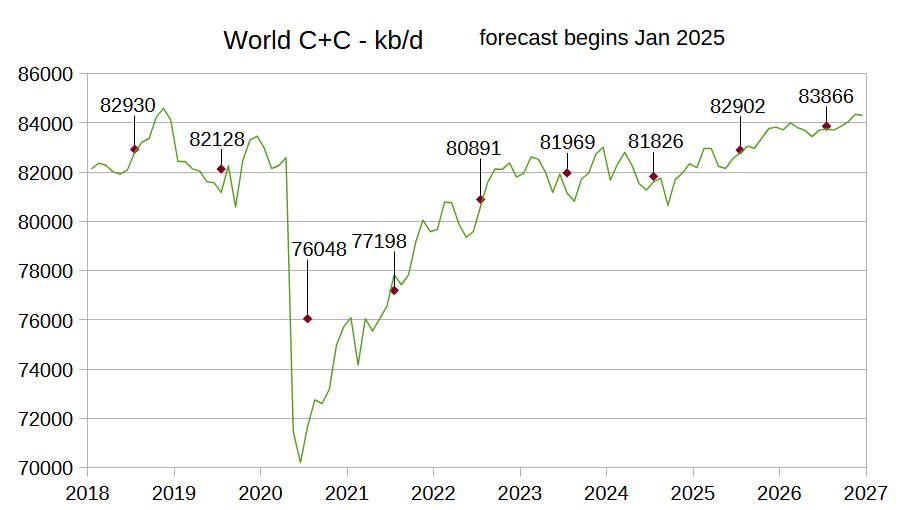What Would Happen If I Put $1 Away for My Child Each Day?
A few years ago, I was sitting in a salon when a young man and his daughter walked in. As a stylist worked with the little girl, the man and I began to chat. He told me about working as a furniture deliveryman and what he hoped to do with his future. He said he […] The post What Would Happen If I Put $1 Away for My Child Each Day? appeared first on 24/7 Wall St..

A few years ago, I was sitting in a salon when a young man and his daughter walked in. As a stylist worked with the little girl, the man and I began to chat. He told me about working as a furniture deliveryman and what he hoped to do with his future. He said he was a single parent and concerned about how he would provide his child with the things she needed. He also mentioned that he’d been investing $1 a day on her behalf since she was an infant and was excited to watch those small investments grow with time.
Key Points
-
Thanks to compound interest, investing $1 a day on your child’s behalf can leave them with a nice nest egg.
-
4 million Americans are set to retire this year. If you want to join them, click here now to see if you’re behind, or ahead. It only takes a minute. (Sponsor)
-
If investing $1 a day isn’t realistic, the same things can be accomplished by investing $30 each month.
-
Investing for your child offers an excellent opportunity to teach them the basics of investing as they grow.
$1 a day
Investing $1 a day may not feel practical, but you can accomplish the same thing by investing $30 monthly instead. At one time, there may not have been many places where you could invest $30 a month, but today, it’s easy. Whether you invest in a no-minimum mutual fund or purchase stock slices from Charles Schwab or another brokerage house, you can make the most of that $30.
Let’s say you decide to invest $30 monthly. Here’s a quick rundown of how much it would be worth if you deposited it into a traditional savings account vs. how much it would be worth if you invested it in a no-minimum mutual fund earning an average annual return of 7%.
| Deposited into a tradional savings account | Invested in a no-minimum mutual fund with an average annual return of 7% | |
| After 2 years | $720 | $745 |
| After 4 years | $1,440 | $1,598 |
| After 6 years | $2,160 | $2,575 |
| After 8 years | $2,880 | $3,694 |
| After 10 years | $3,600 | $4,974 |
| After 12 years | $4,320 | $6,440 |
| After 14 years | $5,040 | $8,118 |
| After 16 years | $5,760 | $10,040 |
| After 18 years | $6,480 | $12,240 |
| After 20 years | $7,200 | $14,758 |
| After 22 years | $7,920 | $17,642 |
No guarantee
If your first thought is, “There’s no guarantee that I’ll earn an average annual return of 7%,” you’re absolutely right. Over the last 30 years, the average annual return of the S&P 500 has been 10.985% (adjusted for inflation, 8.262%), but that doesn’t guarantee earnings will be that high. So, to be safe, let’s imagine that your average annual rate of return is 5% instead. You’ll notice that investing the money — even at a lower rate — still leaves your child with more money at the time of withdrawal.
| Deposited into a traditional savings account | Invested in a no-minimum mutual fund with an average annual return of 5% | |
| After 2 years | $720 | $738 |
| After 4 years | $1,440 | $1,552 |
| After 6 years | $2,160 | $2,449 |
| After 8 years | $2,880 | $3,438 |
| After 10 years | $3,600 | $4,528 |
| After 12 years | $4,320 | $5,730 |
| After 14 years | $5,040 | $7,056 |
| After 16 years | $5,760 | $8,517 |
| After 18 years | $6,480 | $10,128 |
| After 20 years | $7,200 | $11,904 |
| After 22 years | $7,920 | $13,862 |
First things first
A 2024 AARP survey found that 1 out of 5 adults ages 50+ have no retirement savings. Equally concerning, 61% of survey respondents said they’re worried they won’t have enough money to support them in retirement. If your savings account is smaller than you would like, or you worry about your golden years, your first move should be to take care of yourself. Just as flight attendants remind you to put on your oxygen mask before attempting to help anyone else, getting your finances in shape before focusing on your child is a wise step. You can begin thinking about investing on your child’s behalf once you’ve:
- Build an emergency fund with enough money to cover 3 to 6 months’ expenses.
- Begin contributing to a retirement account. If you work for a company that offers to match a portion of your retirement contribution, make sure to contribute at least that amount. For example, if your company matches 3%, rework your budget to see how you can contribute at least 3%.
Once you’ve looked out for your financial needs, it’s time to focus on your child.
Benefits
Anyone who’s ever attempted to stick to a monthly budget knows that things can and do go wrong. That’s the beauty of investing $1 a day or $30 monthly. Even if you receive a water bill that’s $100 more than expected or another surprise expense pops up, trimming your spending in another area should leave you with enough to make the small investment. One thing that makes sticking with any plan easier is visualizing the eventual benefits. Here are some of the ways a small monthly investment can make your child’s life easier:
- At age 22, your child has a nice chunk of money to buy books, pay student loans, purchase a car, or otherwise get started with adult life.
- Allowing the funds to grow means your child has a cache of money they can access if they run into an emergency, like an unexpected medical expense.
- If you begin investing while your child is young, you’ll have dozens of opportunities to teach them how it works as they grow. A child who grows up with a basic understanding of investing will likely feel far more comfortable doing it themselves as an adult.
$1 a day (or $30 monthly) doesn’t sound like much money. And yet, thanks to the way compound interest works, those small deposits can make a world of difference.
The post What Would Happen If I Put $1 Away for My Child Each Day? appeared first on 24/7 Wall St..
































